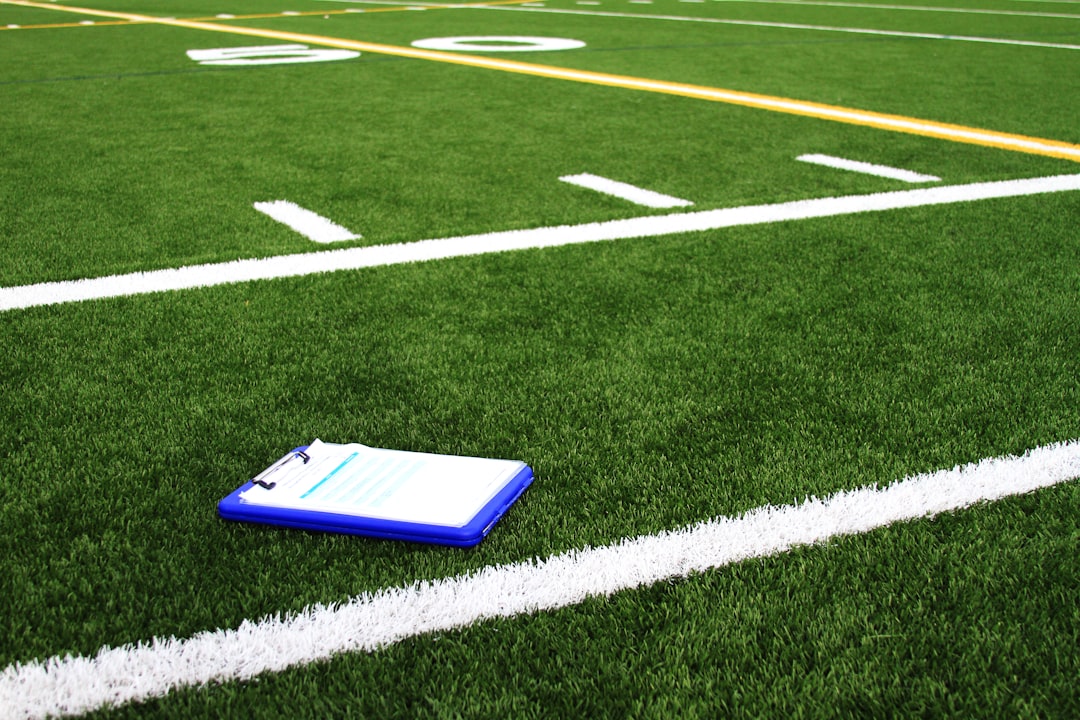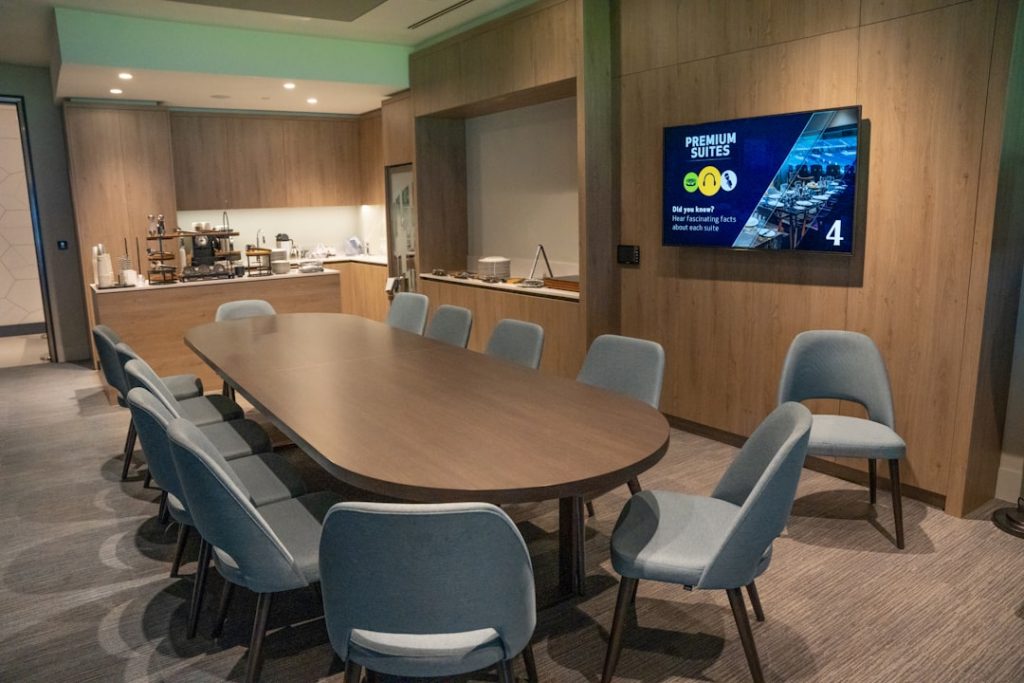In the National Football League (NFL), trades are a common method for teams to bolster their rosters, manage salary cap space, or acquire future draft assets. One important concept associated with these transactions is the trade block. Understanding what it means for a player to be “on the trade block” can provide insight into how NFL teams operate strategically throughout the year.
The trade block is not a physical space but a term used to describe players whom teams are actively listening to offers for or openly trying to trade. These players may not necessarily be traded, but their availability signals to other teams that discussions are welcome. The trade block can include both star players and backups, depending on a team’s evolving needs and circumstances.
How the NFL Trade Block Works
When a player is placed on the trade block, it is usually the result of internal decisions based on performance, team fit, contract issues, or financial strategy. General managers (GMs) might notify other teams directly or leak it through media outlets as a way to stir interest.

Being on the trade block does not guarantee that a trade will happen. Often, it’s a way to gauge market interest or motivate a player. Here’s how the process typically unfolds:
- Player Evaluation: A team assesses the player’s performance, salary, and future role within the organization.
- Internal Discussions: Front office personnel and coaches decide whether it’s beneficial to explore trade options.
- Market Engagement: The team informs other franchises or uses media leaks to spark interest.
- Negotiations: If a potential trade partner emerges, they negotiate terms including players, draft picks, or other considerations.
Why Teams Use the Trade Block
There are several strategic motivations for placing players on the trade block. These include:
- Salary Cap Management: Teams may need to shed expensive contracts to make room for new signings or extend younger talent.
- Player Fit: A player may not fit the scheme or culture of a new coaching staff.
- Youth Movement: Rebuilding teams often want to give younger players more playing time while accumulating draft assets.
- Depth Adjustment: A surplus at one position might lead to trading a reliable player to fill other roster gaps.

Trade Block vs. Waivers
It’s important to distinguish between the trade block and waivers. The trade block involves players who are still under team control and can be traded for value. Waivers, on the other hand, involve players who are cut and become available for other teams to claim, often without needing to give anything up in return.
Trades can only happen during specific periods of the NFL season. The deadline, typically around the midpoint of the regular season, is a critical point in time when trade activity peaks. After the deadline, players can no longer be traded until the offseason.
Impact on Players
Being placed on the trade block can be both unsettling and motivating for players. Some view it as an opportunity for a fresh start with a new team, while others may feel undervalued. Public reports of trade block status can affect a player’s morale and influence locker room dynamics.
FAQs About the NFL Trade Block
-
What does it mean if a player is on the trade block?
It means the player’s current team is open to trading them and is either actively seeking offers or listening to inquiries from other teams. -
Does being on the trade block mean a player will be traded?
No, it’s just a signal of availability. Trades may or may not occur based on team needs and market interest. -
When can NFL players be traded?
NFL trades are allowed from the start of the league year in March until the trade deadline in late October or early November. -
How do fans find out who is on the trade block?
News of players on the trade block often comes from media insiders, team sources, or official team statements. -
Can teams refuse to trade a player even if he’s on the trade block?
Yes, teams have full discretion to pull back a player or decline all trade offers if the right deal doesn’t materialize.
